Course Overview
BeginnerOperations
Benefits of Modernizing Your Antiquated Phone System
This course helps attendees of businesses still using legacy or on-premises phone systems understand the logical case for moving to modern, cloud-based unified communications. Participants learn how modernization reduces total cost of ownership, improves reliability and continuity, supports a distributed workforce, streamlines collaboration (voice, video, messaging), and strengthens security and compliance.
Why this course matters
- Cloud communications consolidate tools, cut CapEx, simplify multi-location management, and often deliver substantial savings while reducing app overload.
- Leading cloud communication platforms are more reliable than traditional lines and can be easily and remotely rerouted in cases of localized outages.
- Hybrid/remote work, mobile communications, and unified voicemail inboxes are now standard expectations for employees and customers.
- Legacy, siloed platforms can slow resolution and frustrate customers; unified communications have advanced features readily available that help improve speed, visibility, and handoffs.
- Mature cloud services provide encryption, permission/role controls, auditability, and broader support options.
Who should attend
- Operations managers and leaders
- IT/office managers, controllers, and project leads responsible for internal projects.
What you’ll learn
- Cost, risk, and productivity trade-offs - explaining differences between legacy on-premises systems and cloud unified communications, including impacts on total cost of ownership and admin effort.
- Requirements for hybrid and mobile work - defining needs for remote teams, multi-device use, and multi-site operations.
- Reliability, continuity, and security essentials - recognizing capabilities like geo-redundancy, network readiness targets, encryption, user permissions, and compliance support that reduce business risk.
- Current-to-future workflow mapping - documenting how calls, messages, and meetings flow today and designing a simplified, unified model that reduces tool switching.
- Defining your requirements and navigating vendor options - clarifying goals (flexibility, scalability, cost control, and key capabilities), listing must-have integrations and compliance needs, then using that to shortlist providers and compare reliability, support, and integration ecosystems.
Practical applications
- Assess business’s readiness for adopting and migrating services to a unified communications system.
- Project proposals for updating company communication platforms by summarizing objectives, risks, costs, and success metrics to secure leadership buy-in.
- Understand service providers and vendors to better negotiate and ensure ROI is met with upgrading to a unified communications system.

